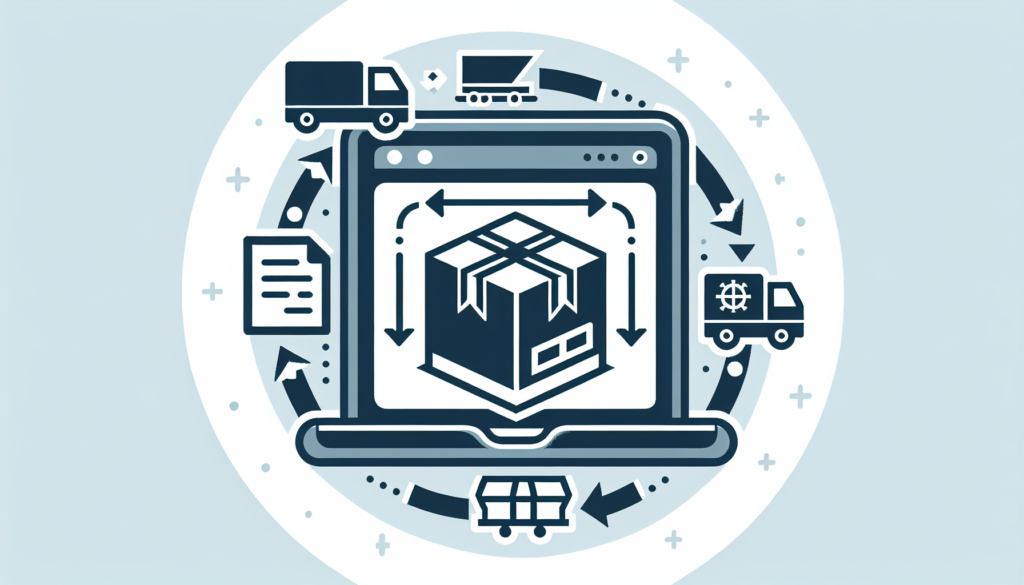One key strategy for online retailers to consider is implementing a clear and easy-to-understand returns policy. By clearly outlining the steps customers need to take to return an item, retailers can reduce confusion and frustration. Providing detailed information on how returns are processed, including timelines for refunds or exchanges, can help set customer expectations and build trust.
Another important aspect of the returns process is the ease of initiating a return. Online retailers should provide multiple channels for customers to request a return, such as through their website, email, or a dedicated returns portal. Offering prepaid return labels can also simplify the process for customers and encourage them to make a return.
Efficient processing of returns is essential for online retailers to quickly restock returned items and issue refunds or exchanges. By streamlining their returns process, retailers can reduce the time it takes to process returns and improve overall customer satisfaction. Utilizing automation and technology can help speed up the returns process and minimize errors.
Maintaining clear communication with customers throughout the returns process is key to providing a positive experience. Online retailers should send automated notifications to customers when their return has been received, processed, and refunded or exchanged. Keeping customers informed every step of the way can help build trust and loyalty.
One challenge that online retailers often face is managing the costs associated with returns. Offering free returns can be a competitive advantage, but it can also eat into profit margins. Retailers should carefully analyze their return rates and costs to determine the most cost-effective returns strategy for their business.
In conclusion, navigating the returns process is essential for online retailers to maintain customer satisfaction and loyalty. By implementing clear returns policies, providing multiple channels for initiating returns, streamlining returns processing, and maintaining clear communication with customers, retailers can provide a positive returns experience. Managing costs associated with returns is also important for retailers to ensure profitability. By prioritizing the returns process, online retailers can differentiate themselves in a competitive e-commerce landscape.
FAQs:
Q: How long do customers have to return an item?
A: Customers typically have 30 days to return an item, but this may vary depending on the retailer’s returns policy.
Q: Can customers return an item if it has been opened or used?
A: Many retailers accept returns of opened or used items, but it is best to check the retailer’s returns policy for specific guidelines.
Q: How long does it take to process a return and receive a refund?
A: The time it takes to process a return and issue a refund can vary, but most retailers aim to process returns within 5-7 business days.
Q: Are there any items that cannot be returned?
A: Some retailers have restrictions on returning certain items, such as final sale or personalized items. It is best to check the retailer’s returns policy for specific guidelines.
For more information on streamlining your returns process, visit https://fulfillmenthubusa.com.
